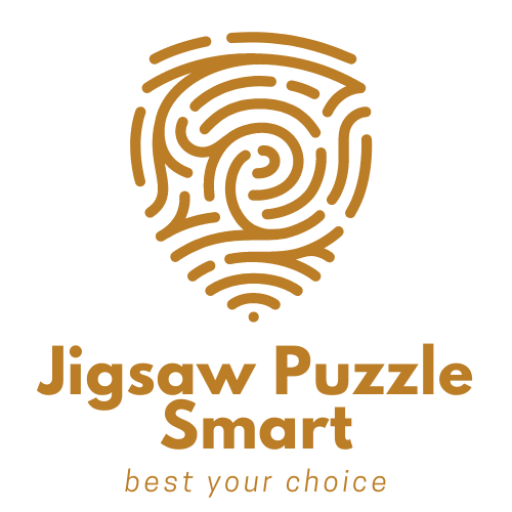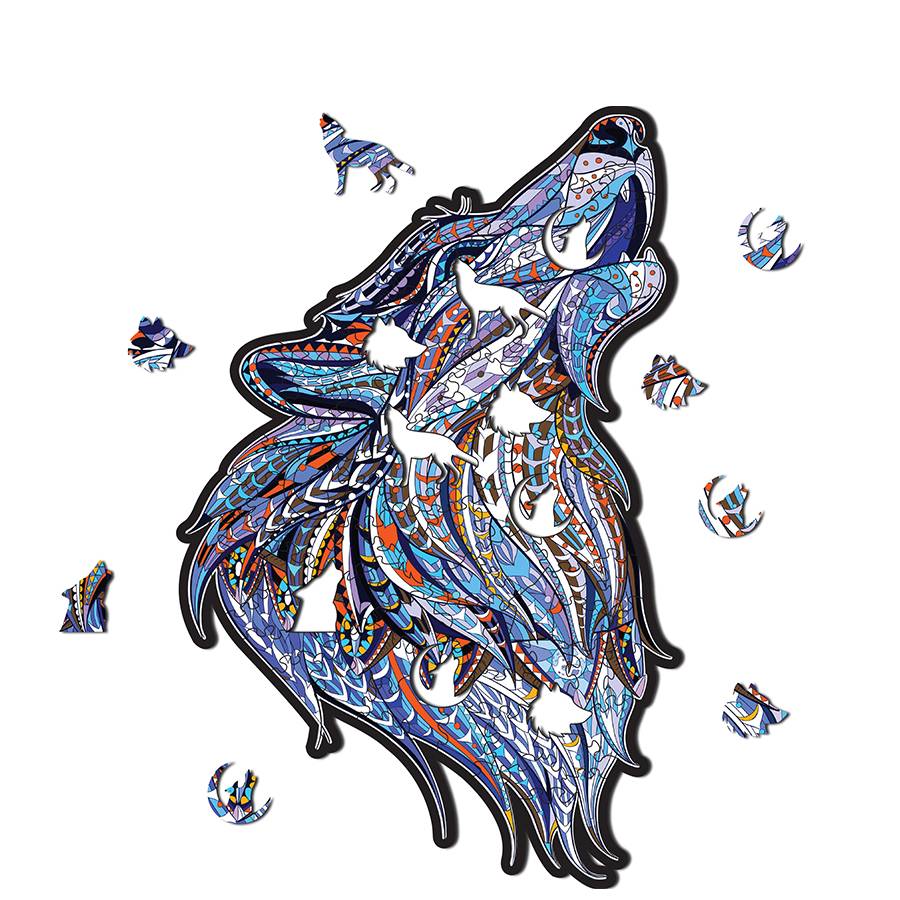-
×
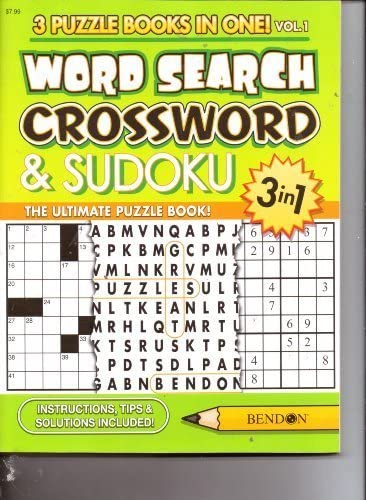 3 in 1 Word Search, Crossword & Sudoku (3 Puzzle Books in One) 192 Pages
1 × $17.22
3 in 1 Word Search, Crossword & Sudoku (3 Puzzle Books in One) 192 Pages
1 × $17.22 -
×
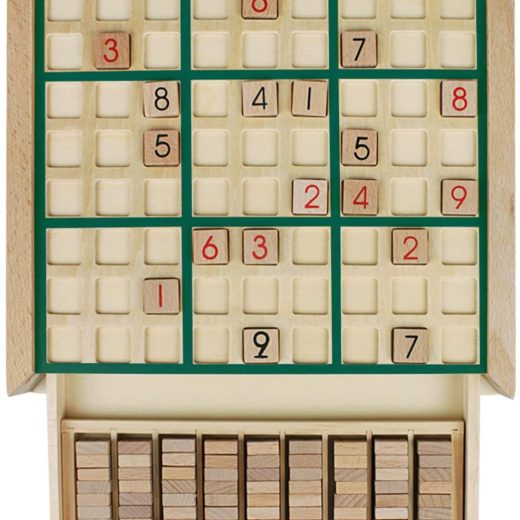 Andux Land Wooden Sudoku Puzzle Board Game with Drawer SD-02 (Green)
1 × $44.64
Andux Land Wooden Sudoku Puzzle Board Game with Drawer SD-02 (Green)
1 × $44.64 -
×
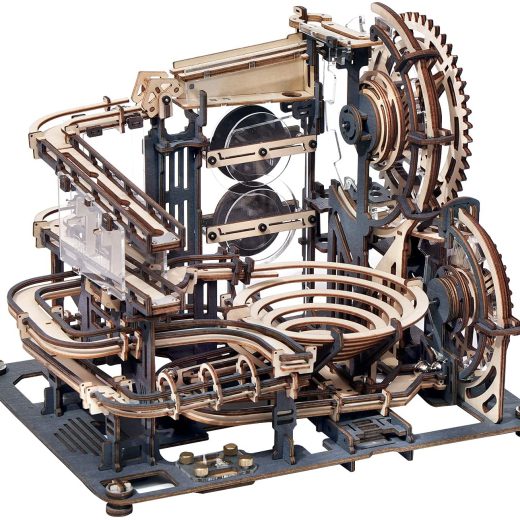 RoWood Marble Run 3D Wooden Puzzles for Adults, Mechanical Model Kits, Christmas Birthday Gifts for Teens
1 × $54.14
RoWood Marble Run 3D Wooden Puzzles for Adults, Mechanical Model Kits, Christmas Birthday Gifts for Teens
1 × $54.14 -
×
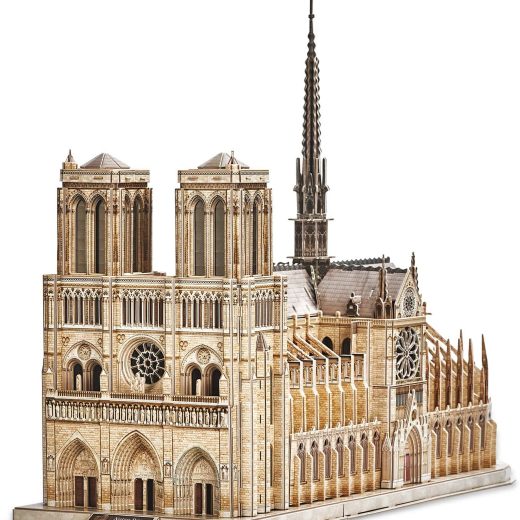 3D Puzzles for Adults Moveable Architecture Model Large Notre Dame de Paris Puzzles for Adults Children, Building Model Kits Craft Toys, 293 Pieces
1 × $56.99
3D Puzzles for Adults Moveable Architecture Model Large Notre Dame de Paris Puzzles for Adults Children, Building Model Kits Craft Toys, 293 Pieces
1 × $56.99
Subtotal: $172.99
